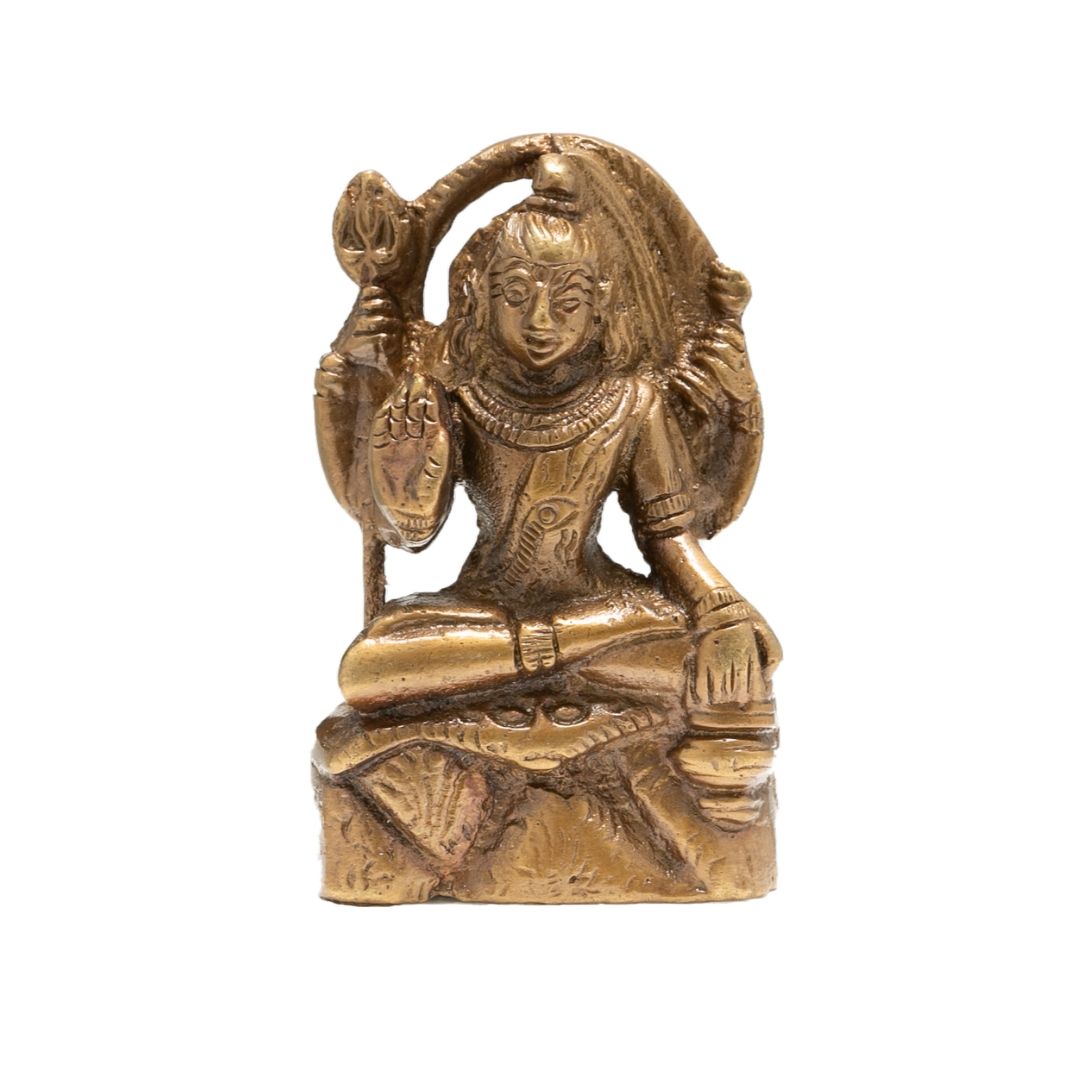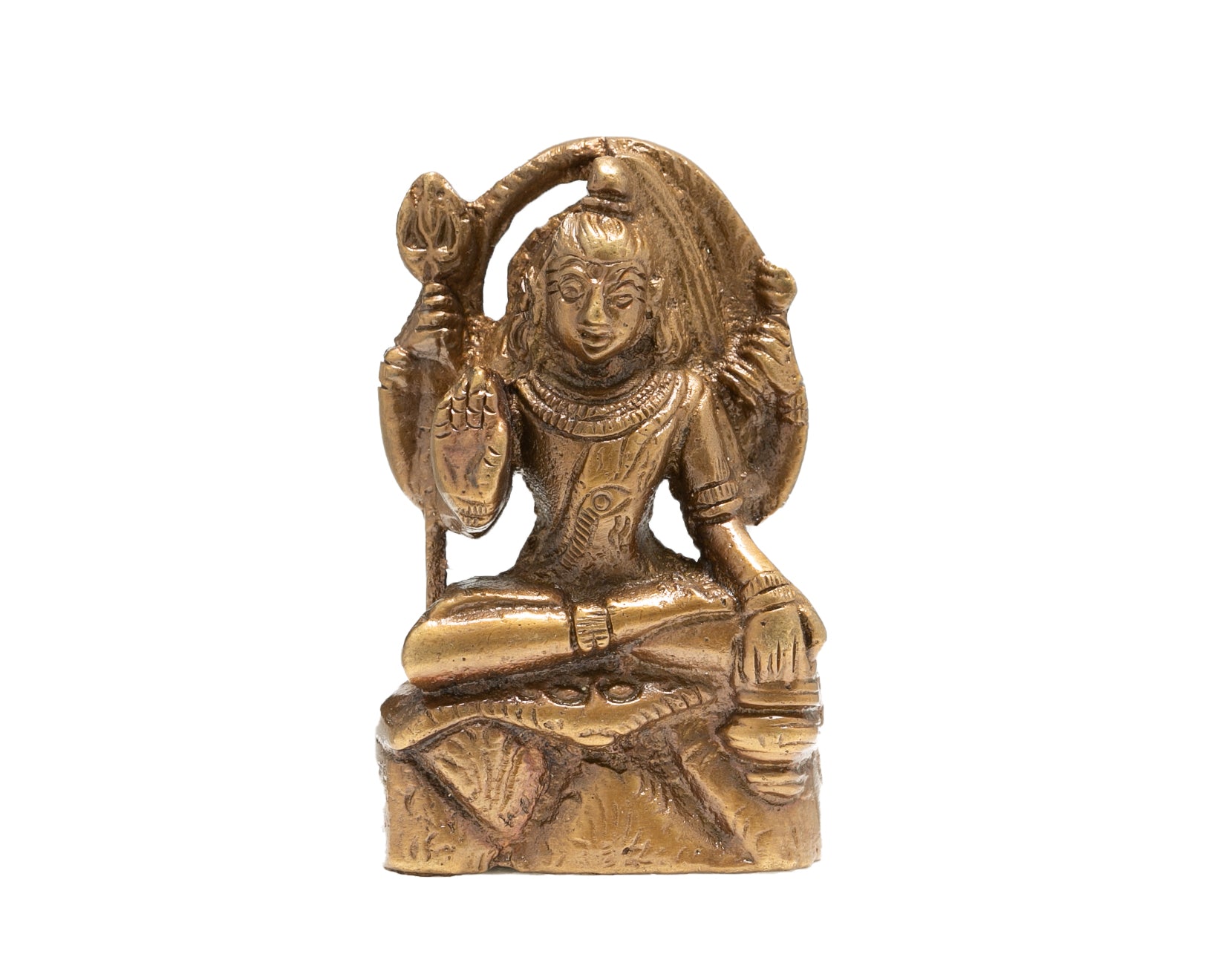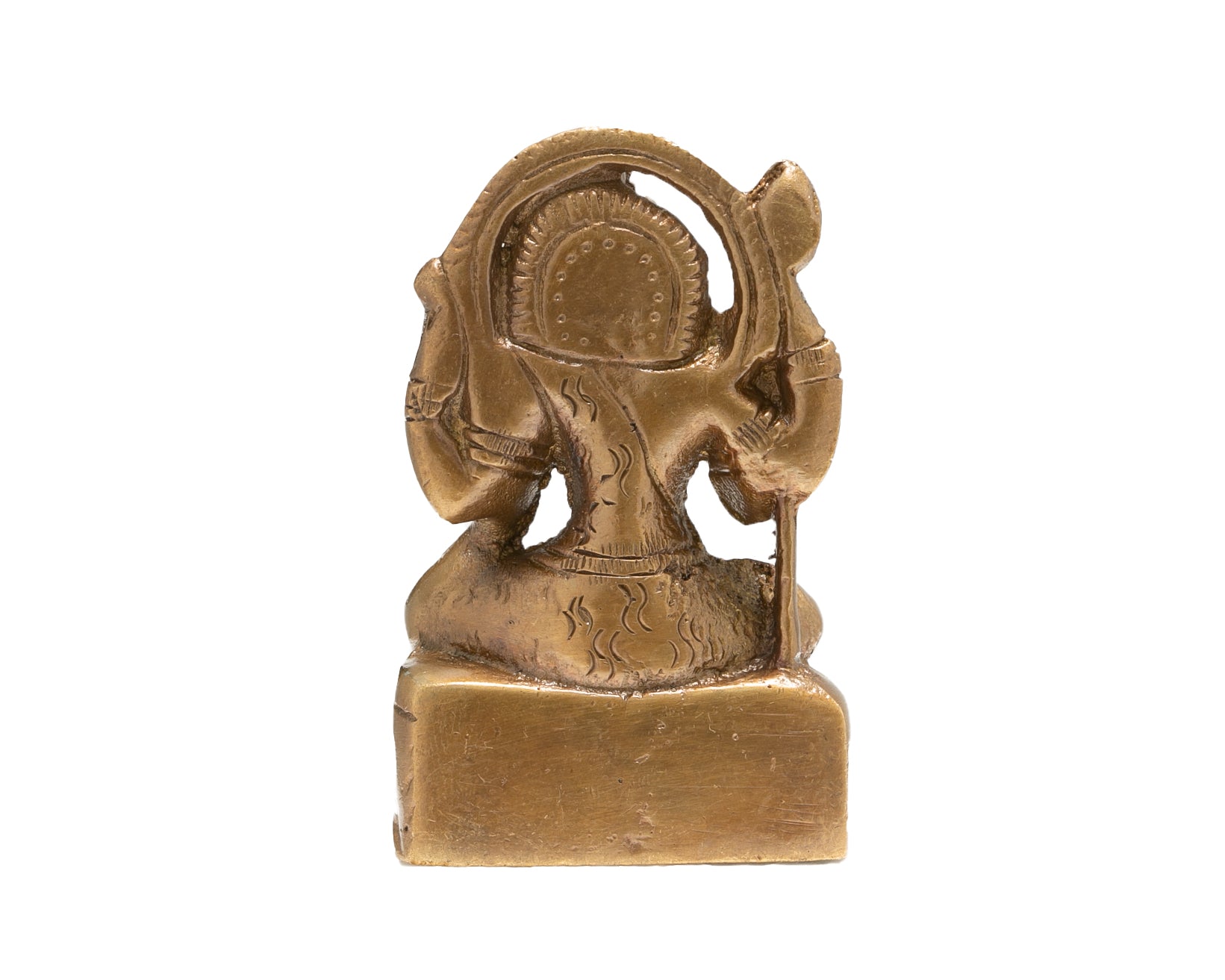In Hinduism, murtis are physical representations of deities, created as focal points for worship and spiritual connection. While they are often made from materials like brass, stone, wood, or clay, murtis are not worshipped for their material form alone. Instead, they serve as symbolic embodiments of divine presence.
The purpose of a murti includes:
Facilitating Devotion: A murti offers devotees a tangible way to focus their prayers, rituals (puja), and meditation. It helps deepen emotional and spiritual connection with the divine.
Channeling Divine Energy: In temple or home worship, the murti is believed to become a vessel for the deity’s presence during rituals, especially after consecration (prana pratishta). It becomes a medium through which devotees experience blessings and guidance.
Cultural and Spiritual Symbolism: Each murti is rich in symbolic detail—gestures, postures, expressions, and attributes (like weapons or animals) all convey specific qualities of the deity, such as wisdom, protection, strength, or compassion.
Encouraging Mindfulness and Reverence: Placing a murti in the home or sacred space creates an atmosphere of reverence, reminding individuals to live with awareness, discipline, and respect for higher values.
Though not considered gods themselves, murtis are honored as sacred forms through which the infinite and formless divine becomes accessible and relatable to the human mind and heart.









